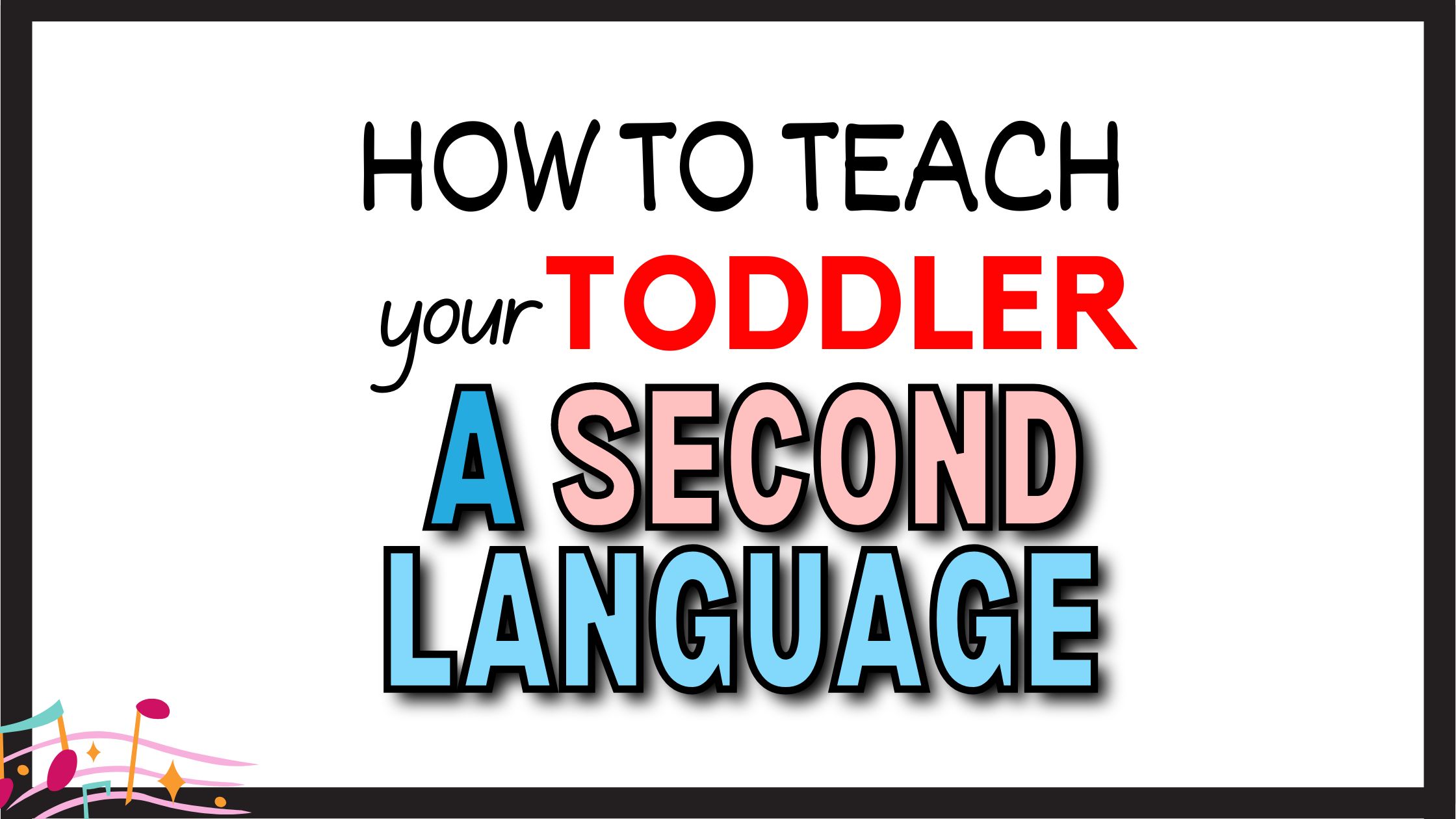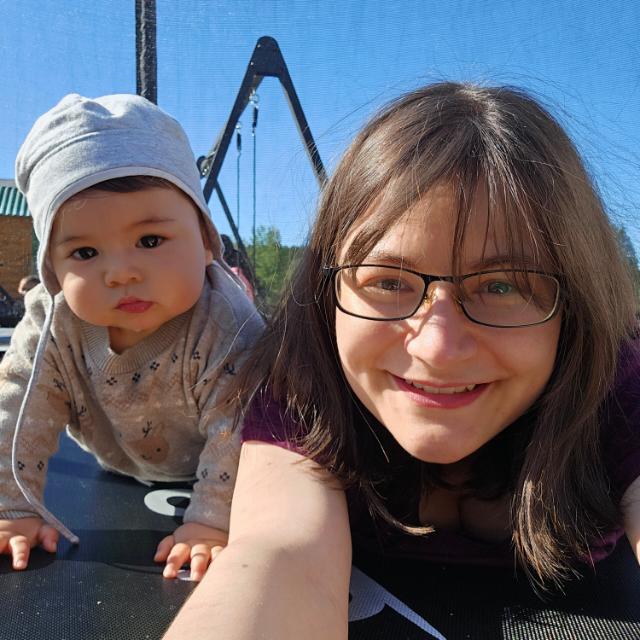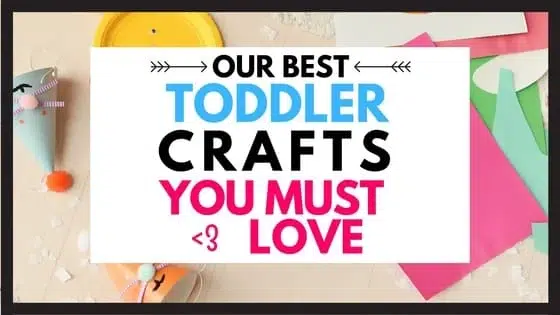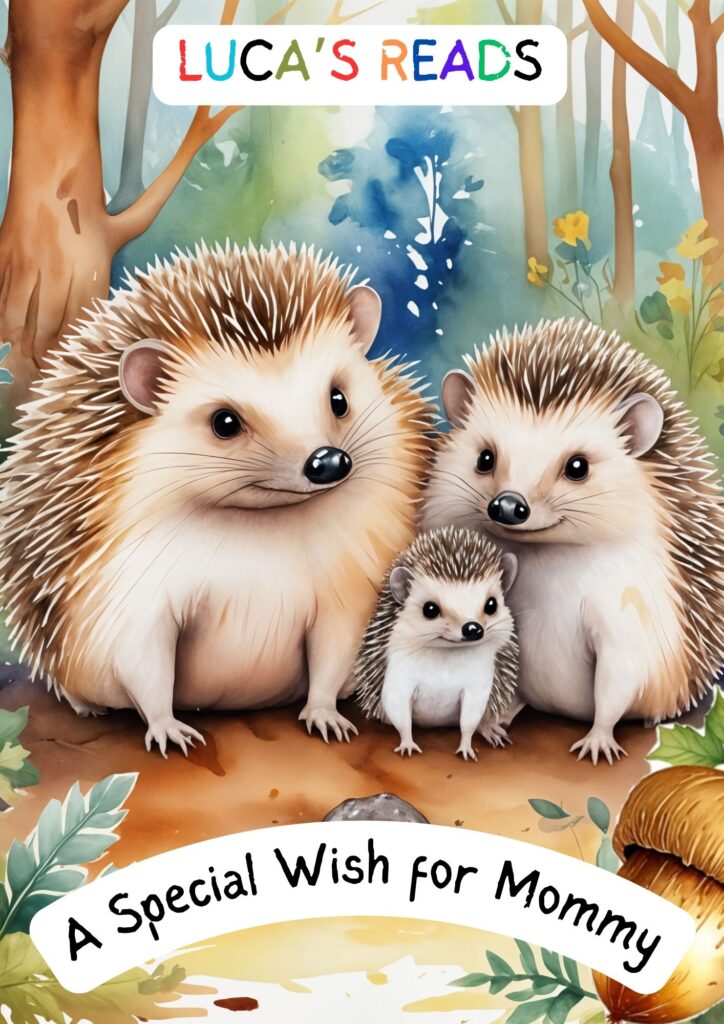Raising a child is no easy feat. Now, try raising a trilingual toddler! As you might know I am German and my partner is Korean, and with each other we speak a mixture of English and Korean (My Korean isn’t great – not kidding). Still I would love him to speak all 3 languages.
Is it possible to teach my child English, German, and Korean all at once without overwhelming him?
If you’re like me and determined to give your child the gift of multiple languages, this post is for you. I’ll share what’s worked, what hasn’t, and how you can start teaching a second language (or even a third!) to your toddler at home.
- Why Teach Your Toddler a Second Language?
- "Is it too early to teach my toddler a second language?"
- How to Get Started with Teaching a Second Language
- "How many languages can a toddler learn at once?"
- Fun and Effective Activities to Teach a Toddler a Second Language
- Overcoming Challenges in Bilingual Parenting
- Common Myths About Teaching Toddlers a Second Language
- Tips for Success
- Conclusion
- Pin it for Later
- Latest Posts:
Why Teach Your Toddler a Second Language?
Let’s start with the big question: why even bother teaching a toddler a second language? The benefits are pretty impressive.
- – better problem-solving skills
- – creativity
- – greater empathy
- – more adaptable
- – easier to learn additional languages

Plus, knowing more than one language can open up so many doors in the future—think about travel, work opportunities, and connecting with people from different cultures. Truth is, if I had the chance as a kid I would have loved it!
For us, the decision to raise our toddler with three languages wasn’t just about the brain smarts. It was about helping him connect with both sides of his family an the culture.
“Is it too early to teach my toddler a second language?”
A lot of parents ask this, and I totally get it. The short answer is I believe no, it’s not too early—actually, the earlier, the better!
I started introducing English and German when my little one was 3 months. (I don’t see that his communication skills are behind other kids.)
Of course, he just starts talking so I don’t know the results yet. Though I feel that he understands English and German. When my toddler shows an understanding of a word, it’s all worth it.
How to Get Started with Teaching a Second Language
So, how do you even begin with teaching your toddler a second language? The first step is creating a language-rich environment. This might sound fancy, but really, it’s about surrounding your child with the language in as many ways as possible. In our home, we try to immerse our toddler in all three languages. (Basically it’s me chattering on and on about what I do, ask him questions, repeating words. – good that I like talking)
He can say around 9 word now at age 1. And tries to repeat all words regardless the language.
Here are some Language Immersion Ideas:

I try to talk English in the morning and German in the afternoon, it’s incredible hard when my German family is here thought, cause they don’t know English that well. It helps that my cousins son prefers English. And my partner only speaks Korean.
“How many languages can a toddler learn at once?”
If you’re thinking about teaching multiple languages, like we are, you might worry about overloading your child.
Honestly, toddlers are like little sponges—they can absorb way more than we think. Our experience with three languages has shown that it’s possible. Contrary to many I believe there is no limit.
Most days in Germany, I focus more on German, and Korean and English are slipping. In Korea I speak with my partner in English and he uses Korean and German is slipping. I’ve learned that it’s okay to prioritize one language when needed.
Fun and Effective Activities to Teach a Toddler a Second Language
Now, let’s get into the fun stuff! Teaching a second language doesn’t have to be boring or feel like a chore. In fact, the more fun it is, the more your toddler will engage and learn without even realizing it.
1. Language Through Play – Puzzles
One of our favorite activities is playing with toys that encourage language use. For example, puzzles with animal shapes where I name the animals in different languages. Sometimes, I’ll say “Hund” (dog in German) when he picks up the dog piece, or “개” (“gae” in Korean). It’s amazing to see his eyes light up when he starts recognizing the words.
2. Language Through Play – Pretend Play
Next I like to pretend play with teddy bears. Some of his teddies only speak English, some only German. You know, how as kids we loved to pretend play we have a store, or that we are doctors? You can do that in different languages.
3. Interactive Storytime – Reading & Storytelling
1– Reading is another powerful tool. I try to read in all three languages (yeah we have lots of books). I used to teach kids English in Korea. And they had to read in English 30 minutes each time we met. I feel like reading really builds vocabulary!
2– Another great exercise is storytelling. I used to draw events in my life and talk about them in English. My students loved the hilarious stories. In return I asked them to draw and tell me something about their week.
4. Music and Movement
Music has been a great ally in our language journey. In my mother-child group I learned a lot of interactive kids songs in German. If you’d like I’ll share them with you next time. I feel like it really reinforces vocabulary in a fun way.
Songs like “Head, Shoulders, Knees, and Toes,” “Kopf, Schulter, Knie und Fuß,” and the Korean version, “머리 어깨 무릎 발” (“Meori Eokkae Mureup Bal”) are great to teach your kid new words.
If the songs include movement like stomping and clapping they are more fun + your kids will remember the words better.
5. Blingual Flashcards to Teach a Second Language
One of the tools that has worked wonders for us is bilingual flashcards. I’ve created a set of flashcards in both English and German (and I’m working on adding Korean, too!). Here are 2 games.
Flashcard Hide and Seek
- What You Need: A set of flashcards in your two target languages.
- How to Play:
- Hide the flashcards around a room or in different parts of the house where your toddler can easily find them.
- Give them clues in one language (“Look near the couch!”) and when they find a card, ask them to name the object in both languages.
- If they get it right, they keep the card. If they need help, give them a hint or say the word together.
Memory Match
- What You Need: Two sets of flashcards—one in each language.
- How to Play:
- Lay all the cards face down on a table or the floor.
- Take turns flipping over two cards at a time, trying to match the English word with its German (or other language) equivalent.
- When a match is made, say the word in both languages and then set the pair aside.
I created a lot of Flashcards for Luca. Let me know if you’d be interested. Plus the language you’d like.

6. Mom-Child Groups
I know this isn’t an option for everyone. I want to immerse my little one in German and Korean culture so I decided to join mother-child clubs and activities in both countries. Extra plus I get better at Korean too.
Overcoming Challenges in Bilingual Parenting
Consistency is Key
This is where I struggle the most. I sometimes feel like I’m not doing enough to maintain all three languages. Some days, I focus more on English and German, wondering if Korean is slipping. But I’ve learned that it’s important to do what you can and not stress about perfection.
“What if I’m not fluent in the second language?”
Good question! You don’t have to be fluent to teach your toddler a new language. In fact, you can learn together. There are plenty of apps and online resources that can help you pick up the basics. Plus, it’s a great way to bond with your child. You can even get a shared tutor. Join language clubs together.
Dealing with Language Preference
I’ve noticed that my toddler sometimes prefers one language over the others, depending on the situation. But honestly so do I. Podo (Korean grapes) are way easier to say than Weintrauben, so most of the time I just say Podo to the people, who understand.
To encourage the use of less dominant languages, I try “English mornings” where I speak only English until lunchtime. It doesn’t always go smoothly, but that’s part of the process.
“How can I make language learning fun for my toddler?”
Making language learning fun is all about integrating it into activities your child already loves. Does your toddler enjoy drawing? Try naming colors in the second language while you color together. Love singing? Songs are a fantastic way to introduce new words and phrases.
Common Myths About Teaching Toddlers a Second Language
Myth: Learning Two Languages Will Confuse My Child
I worried about this at first too, especially with three languages in the mix. But kids are incredibly adaptable. I’ll let you know in a few years if he is confused. So far he doesn’t seem to be.
Myth: My Toddler Will Mix Up Languages
Yes, I expect my toddler to blend words from all three languages in one sentence. It’s actually a sign that he’s learning and trying to make sense of all the languages he’s exposed to. I do that to so and it doesn’t seem to hurt me, lol.
“Will teaching a second language delay my child’s speech?”
Many parents worry about this, but research shows that bilingualism doesn’t cause speech delays. In our experience he knows more words than many other kids in the mom-child group of similar age.

Tips for Success
- Be Patient: Language learning is a marathon, not a sprint. Some days will be better than others.
- Make It Fun: Incorporate games, songs, and activities that your child enjoys.
- Use Multimedia: Videos, apps, and music can supplement your efforts, especially if you’re not fluent.
- Connect with Native Speakers: If possible, have your child interact with native speakers, like family members or friends.
- Stay Consistent: Even small, daily exposures add up over time.
Conclusion
If you’re like me, juggling multiple languages with a busy schedule, know that every little bit counts. It’s not about perfection but about making language a natural and enjoyable part of your child’s life.
Remember, you’re giving your child an incredible gift that will benefit them for a lifetime. So, don’t stress too much and enjoy the journey!
Have you started teaching your toddler a second language? What challenges or successes have you experienced? Share in the comments below—I’d love to hear your stories!
Pin it for Later

📌 Pin now, read later! Save our guide on Pinterest and share the joy of sensory play with your friends and family. Click the link below and start crafting unforgettable memories with your little ones.
Latest Posts:
21+ Easy Father’s Day Coloring Pages Printable: (Free Download!)
Looking for a sweet, easy way for kids to show Dad some love this Father’s…
Easy Sticker Wall + Scribble Zone for Toddlers: Creative and Mess-Free
✨ A Simple Idea That Sparked Big Creativity The idea for this activity came from…
Simple and Fun Animal Walks for Toddlers: Boost Core Strength with Outdoor Gross Motor Play
I hated school sports. I am short, have bad eyesight and was always the last…
Arctic Ocean Sensory Bin DIY — The One Sensory Bin You Need to Try This Week
Creating an Arctic Ocean sensory bin has easily been one of our favorite indoor toddler…
9 Unique Last-Minute Mother’s Day Gift Ideas: What to Get My Mum for Mother’s Day
Mother’s Day has literally sneaked up on me — it’s in two days, and I’m…
Easy Dandelion Nature Soup – If You Wonder What To Do With my Toddler Outside?
Looking for an easy, screen-free way to keep your toddler entertained outside this summer? Dandelion…















Leave a Reply